If you study History of Art, people generally assume you’re a nice, conscientious, plummy-voiced girl. Sometimes, people are right. It is the only subject I can think of that requires a student to describe what is already printed on the exam sheet. ‘In the foreground of the picture is a tree — in full leaf! — and on the horizon, a tower.’ It feels a little basic. But with art history podcasts description is everything. And to do it well is a real art in itself.
The presenters of the Art Newspaper’s The Week in Art podcast were superb last week in their exploration of a portrait by William Hogarth. Considered one of his finest, the painting hangs in the Foundling Museum in London and shows a flushed-cheeked Thomas Coram (1668–1751), founder of the hospital for abandoned children.
Coram was in many ways the dream subject for Hogarth, and thus for the imaginative listener, too. Delightfully crude, he once compared an acquaintance who failed to send a thank-you letter to ‘the baser sort of horses when they have eaten up their Provender turn their Tailes and Shi-te in the Manger’. I know what he means. Host Ben Luke might have quoted Coram’s equally curt complaint that the upper classes would not give him their time were he to ‘putt down their breeches and present their Backsides to the King and Queen…’
As the museum’s director Caro Howell explained, this was a problem, for as a former shipbuilder — he went to sea aged just 11 — Coram needed people of influence to help him secure a royal charter. It took him more than 17 years to gain the support of anyone respectable enough to prevail upon the king. He marked his success by having Hogarth paint him in the ‘grand manner’. I listened to Howell describe the gnarled hands, crumpled coat, wigless head and short legs in this portrait, and appreciated both men’s humour.
The Pre-Raphaelites attempted a similar subversion of the grand manner a century later. Only, as Waldemar Januszczak and Bendor Grosvenor agreed on their new podcast, they were not nearly as inventive as they thought they were. This year marks the 172nd anniversary of the first meeting of the Pre-Raphaelite Brotherhood. Reluctant to let such a moment slip by, Waldy and Bendy looked at how tediously regressive the Pre-Raphs became in their efforts to shun the conventions of ‘Sir Sploshua’ Reynolds.
I enjoyed listening to Waldy and Bendy (I can’t believe anyone really calls them this) bicker over the value of John Ruskin. This is where the crunchiness of art history lies, in argument. Bendy, less malleable than he sounds, plays the wise man to Waldy’s maverick extremely well.
I’m not usually taken with experience-art-in-progress programmes, but can highly recommend one about Demond Melancon, ‘The Bead Master of New Orleans’, which goes out on the BBC World Service next Tuesday.
In it, Wendell Pierce, of The Wire, visits the studio of Demond, a portraitist and carnival-goer, who heads one of the so-called ‘tribes’ of the Mardi Gras Indians, the ‘Young Seminole Hunters’, who parade in fantastical outfits influenced by Native American traditions. Every day, Demond performs what he calls ‘the needle dance’, sewing thousands of beads and feathers on to costumes for Mardi Gras. ‘I know my needle, and I know me, but I’m going to sew till the gristles come off my fingers.’
He talks wonderfully of creating an ancient Nyabinghi warrior out of beads while channelling the work of Caravaggio, Jackson Pollock and David Hockney. His creations sound out of this world. The biggest compliment you can pay a man who wears one, Pierce tells us, is: ‘You look pretty boy, real pretty.’
As Demond puts on his own, his mother arrives, and speaks pure poetry. ‘I can’t keep up with him,’ she says. ‘Once he puts that crown on, and that suit on, for some reason his feet just take flight. He is gone. He is gone to find the Indians.’
Got something to add? Join the discussion and comment below.
Get 10 issues for just $10
Subscribe to The Spectator Australia today for the next 10 magazine issues, plus full online access, for just $10.
You might disagree with half of it, but you’ll enjoy reading all of it. Try your first month for free, then just $2 a week for the remainder of your first year.

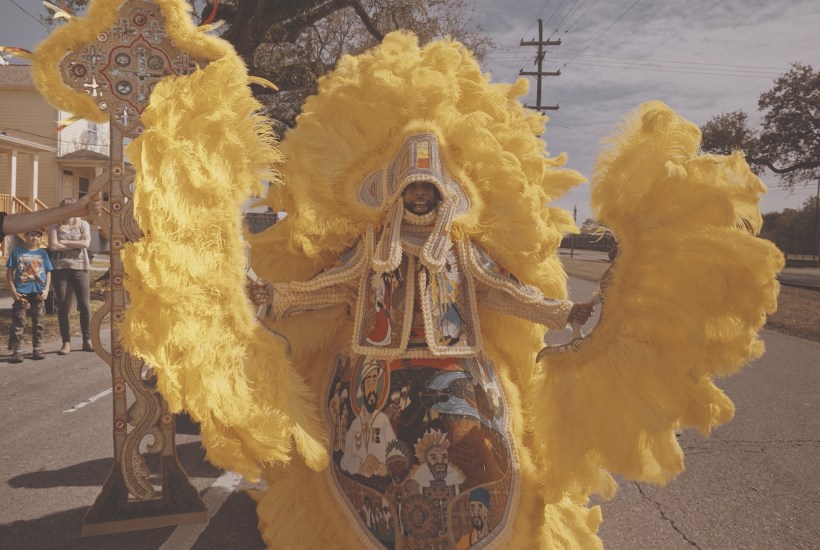
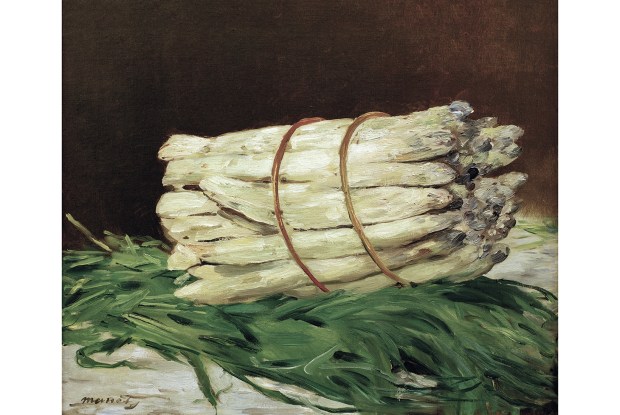

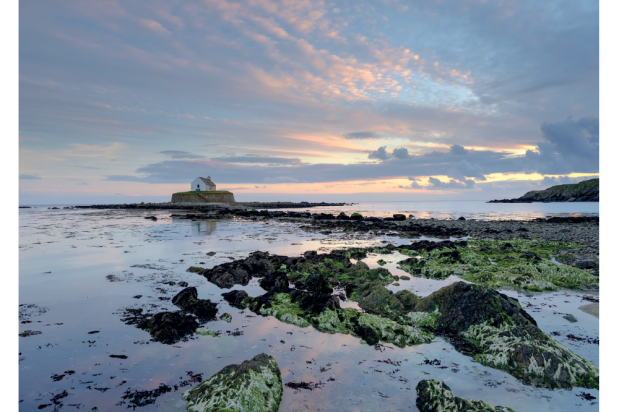
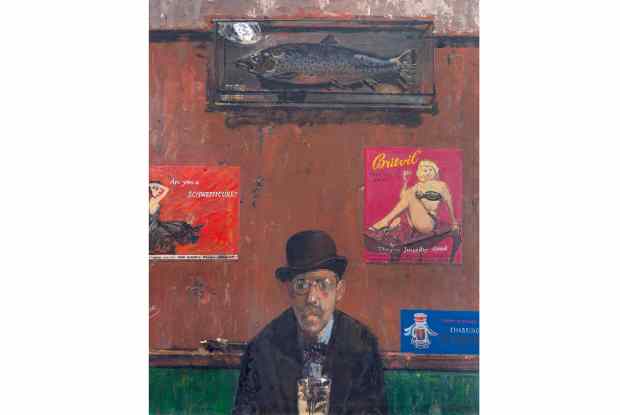
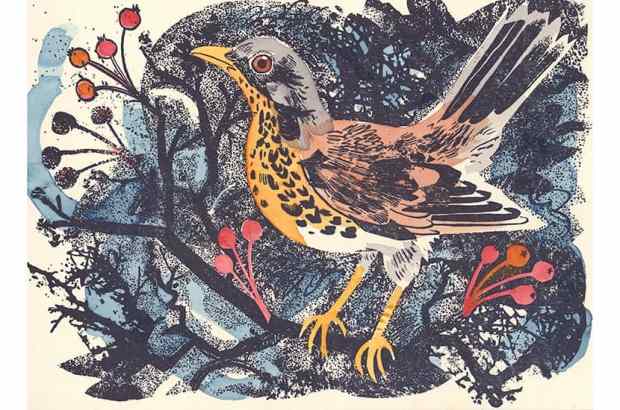
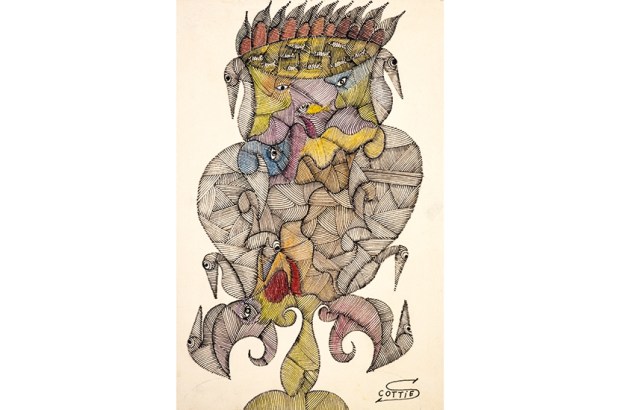






Comments
Don't miss out
Join the conversation with other Spectator Australia readers. Subscribe to leave a comment.
SUBSCRIBEAlready a subscriber? Log in